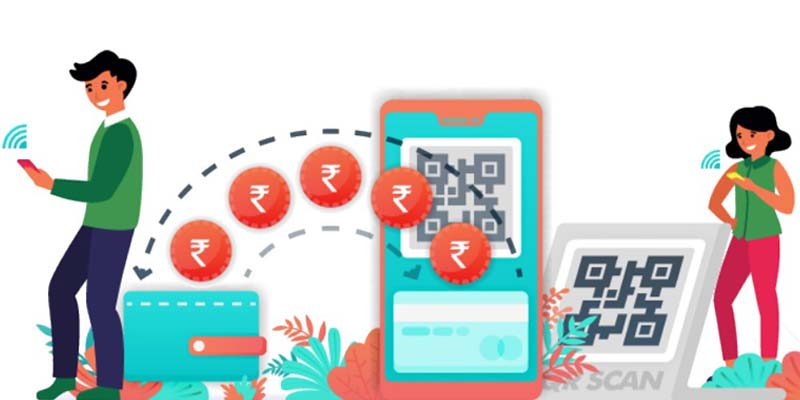- India
- May 16
Explainer - What is tokenization?
The National Payments Corporation of India (NPCI) said RuPay has now introduced the CVV (Card Verification Value) free payment experience for its debit, credit and prepaid cardholders who have tokenized their cards on the merchant application or webpage.
This new CVV-less experience ensures that the cardholder will not have to reach out to their wallet or remember any card details, if they have saved (tokenized) their card on the e-commerce merchant which supports this feature.
RuPay, the homegrown card network developed by NPCI, went live on Card on File Tokenization in 2021, in line with RBI’s guidelines, for its domestic e-commerce transactions to ensure better security for all its cardholders.
What is tokenization?
• Tokenization refers to replacement of actual card details with an alternate code called the “token”, which shall be unique for a combination of card, token requestor and device.
• Tokenization is a simple technology to secure card transactions without sharing the clear or real card details with the merchants.
• Based on the set of guidelines that have been mandated by the RBI, sensitive customer information is to be stored in the form of an encrypted ‘token’ to help secure transactions. These tokens then allow payments to be processed without disclosing the customer details or allowing the payment intermediaries to store customer data that could breach security and privacy.
• A tokenized card transaction is considered safer as the actual card details are not shared with the merchant during transaction processing.
• The card holder can get the card tokenized by initiating a request on the app provided by the token requestor. The token requestor will forward the request to the card network which, with the consent of the card issuer, will issue a token corresponding to the combination of the card, the token requestor, and the device.
• This transparent system will ensure no customer-sensitive information will get released.
• Tokens can be used for online transactions, mobile point-of-sale transactions or in-app transactions.
• In addition to enhancing security, tokenization will also help in reducing friction in the payment process by providing a faster check-out experience to the customers.
National Payments Corporation of India
• National Payments Corporation of India (NPCI), an umbrella organisation for operating retail payments and settlement systems in India, is an initiative of Reserve Bank of India (RBI) and Indian Banks’ Association (IBA) under the provisions of the Payment and Settlement Systems Act, 2007, for creating a robust Payment & Settlement Infrastructure in India. It was founded in 2008.
• Considering the utility nature of the objects of NPCI, it has been incorporated as a “Not for Profit” company, with an intention to provide infrastructure to the entire banking system in India for physical as well as electronic payment and settlement systems.
• The company is focused on bringing innovations in the retail payment systems through the use of technology for achieving greater efficiency in operations and widening the reach of payment systems.
• NPCI is focused on bringing innovations in the retail payment systems through the use of technology and is relentlessly working to transform India into a digital economy.
Some major innovations by NPCI:
RuPay: It is an indigenously developed payment system designed to meet the expectation and needs of the Indian consumer, banks and merchant ecosystem. RuPay supports the issuance of debit, credit and prepaid cards by banks in India and thereby supporting the growth of retail electronic payments in India.
Immediate Payment Service (IMPS): For transferring funds real time and 24x7 interbank was a major challenge faced in the banking industry. Only NEFT & RTGS were available to users for fund transfer during banking hours. IMPS provides robust and real time fund transfer which offers an instant, 24x7, interbank electronic fund transfer service that could be accessed on multiple channels.
National Automated Clearing House (NACH): NPCI has implemented NACH for banks, financial institutions, corporates and government a web based solution to facilitate interbank, high volume, electronic transactions which are repetitive and periodic in nature. NACH system can be used for making bulk transactions towards distribution of subsidies, dividends, interest, salary, pension, etc and also for bulk transactions towards collection of payments pertaining to telephone, electricity, water, loans, investments in mutual funds, insurance premium etc.
Unified Payments Interface (UPI): It is a system that powers multiple bank accounts into a single mobile application (of any participating bank), merging several banking features, seamless fund routing and merchant payments into one hood. It also caters to the “peer to peer” collect request which can be scheduled and paid as per requirement and convenience. It facilitates immediate money transfer through mobile devices round the clock.
Bharat Interface for Money (BHIM) UPI: It is a payment app that lets users make simple, easy and quick transactions using Unified Payments Interface (UPI). Users can make direct bank payments to anyone on UPI using their UPI ID or scanning their QR with the BHIM app. Users can also request money through the app from a UPI ID.
BHIM Aadhaar Pay: It is meant for merchants to receive digital payments from customers over the counter through Aadhaar authentication. It allows for any merchant associated with any acquiring bank on BHIM Aadhaar Pay service, to allow the merchant to accept payment from a customer of any bank, by authenticating the customer’s biometrics – currently only fingerprints, directly from the customer’s Aadhaar enabled bank account and receive the sale proceeds instantaneously directly into merchant’s own bank account.
Manorama Yearbook app is now available on Google Play Store and iOS App Store


